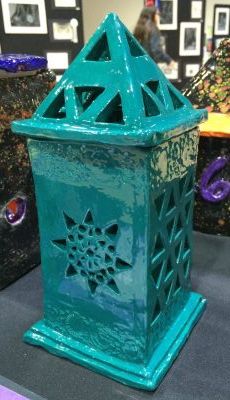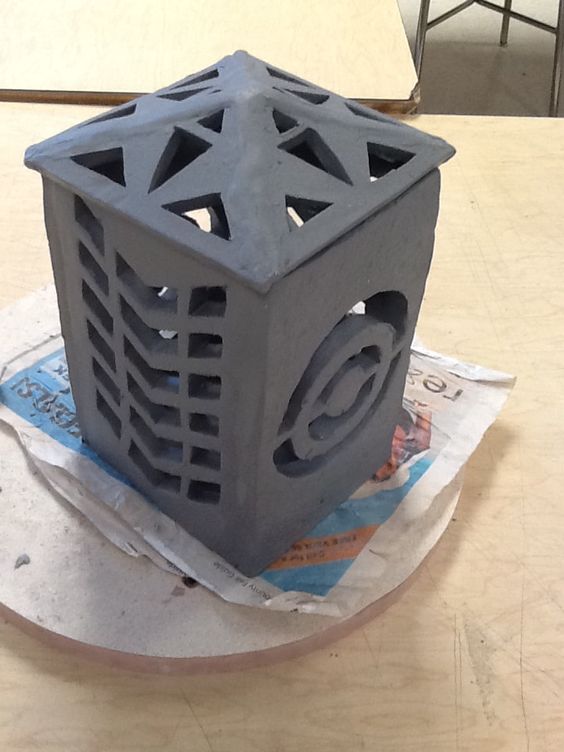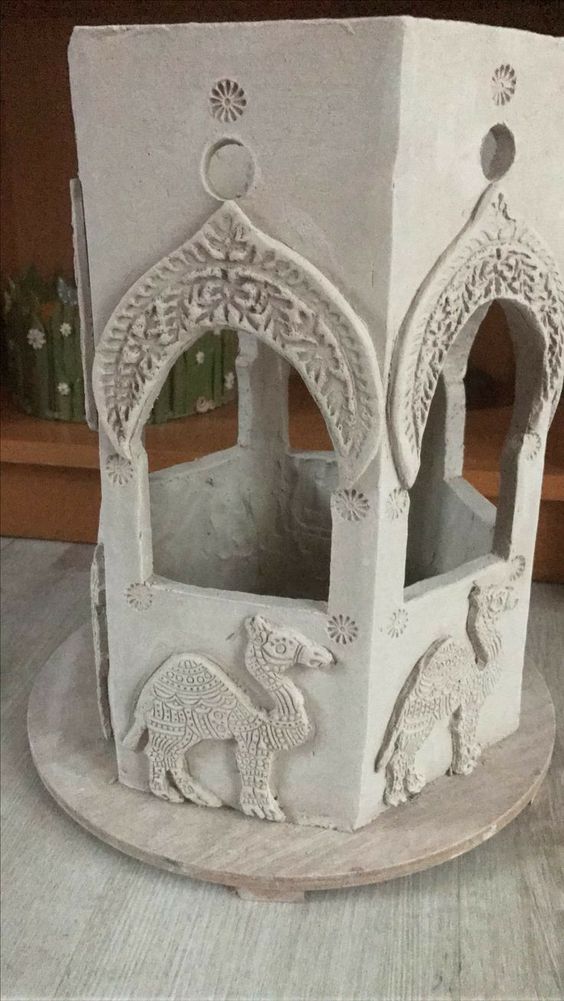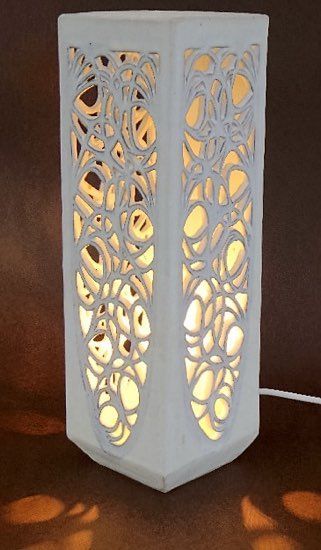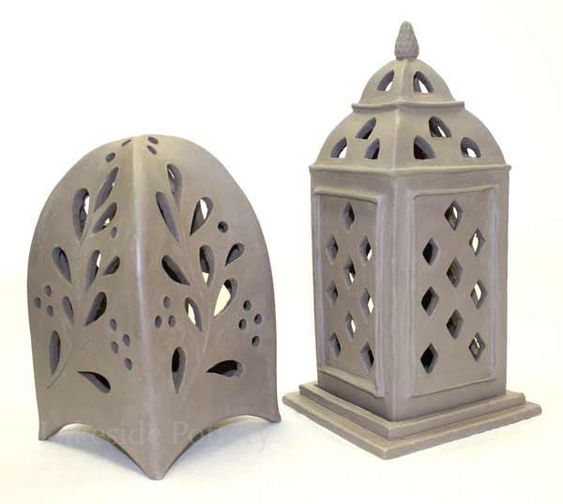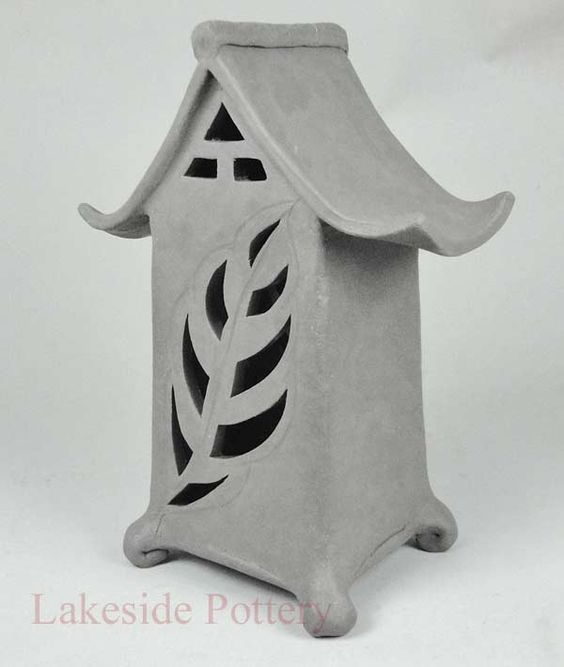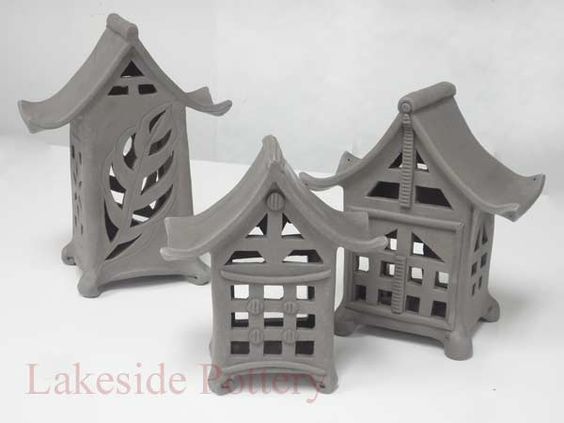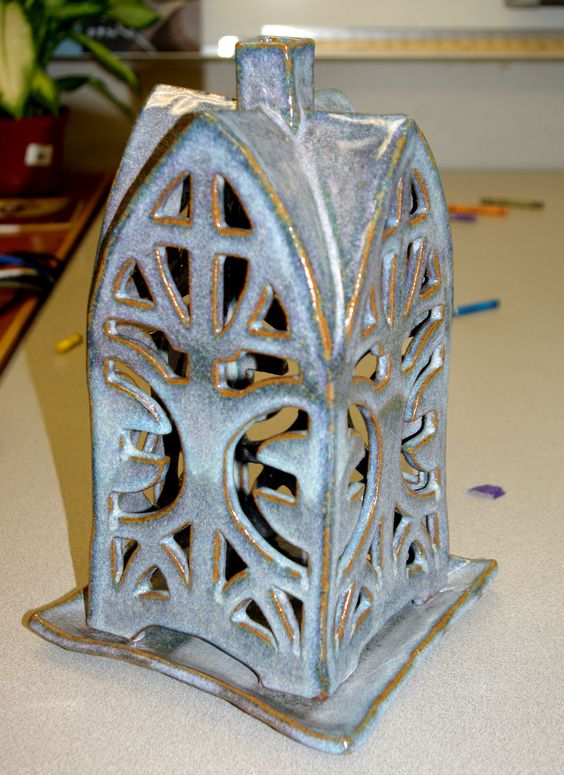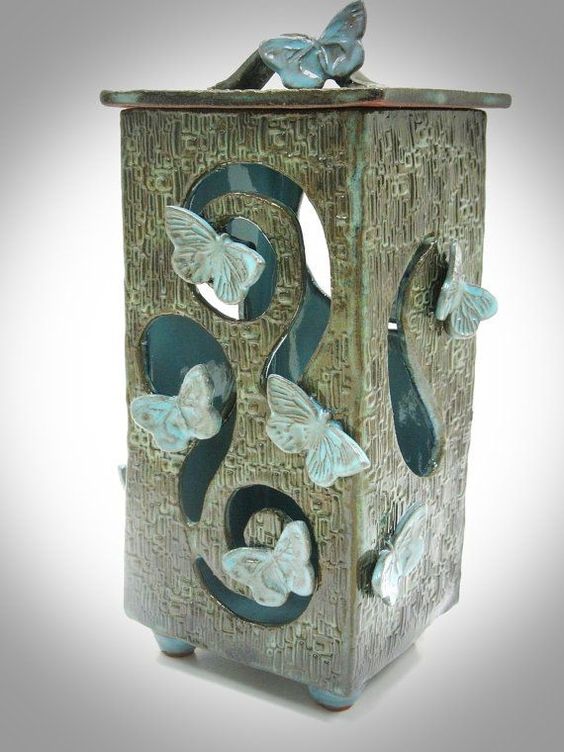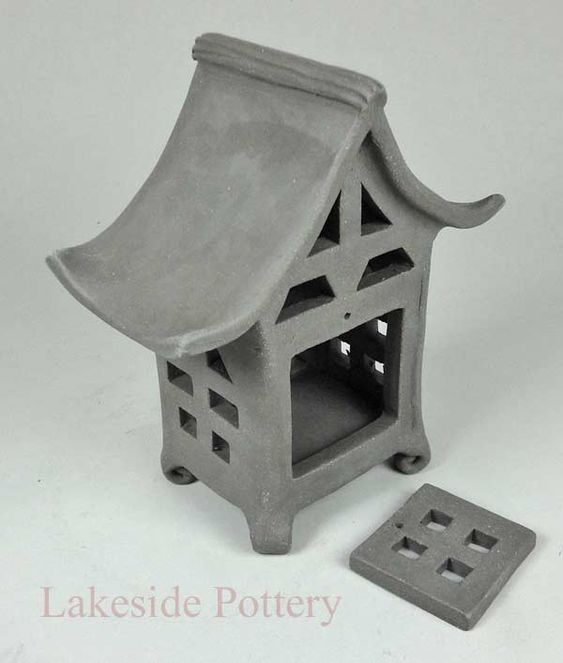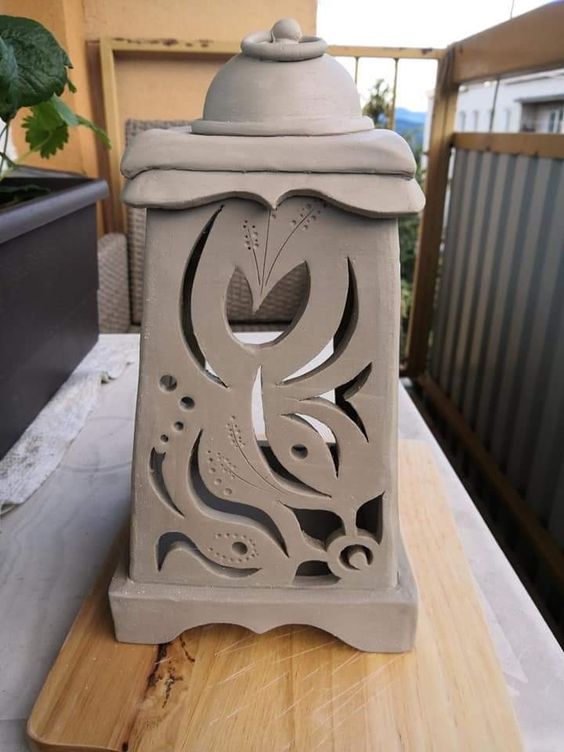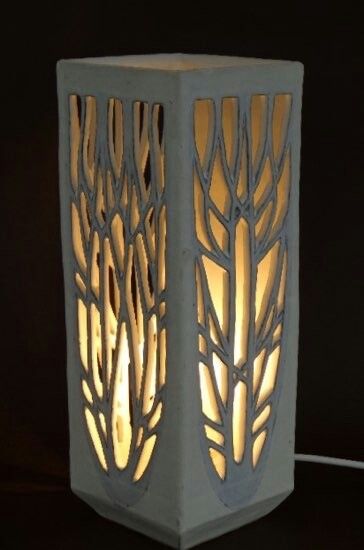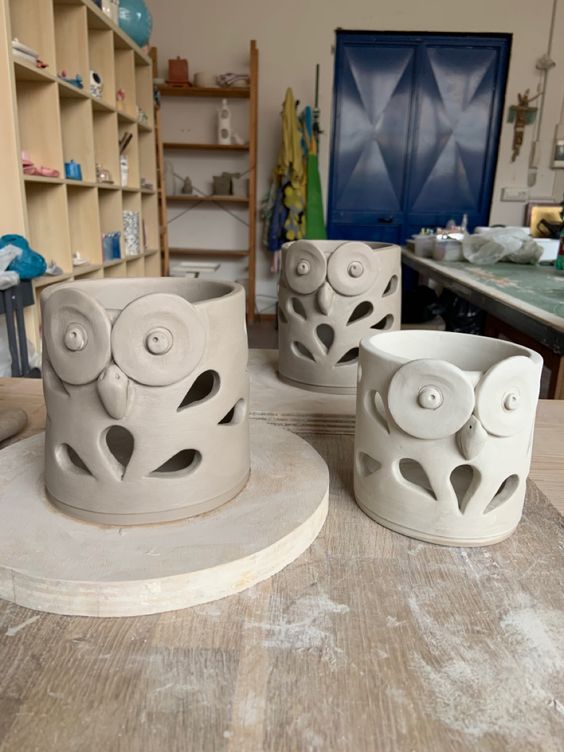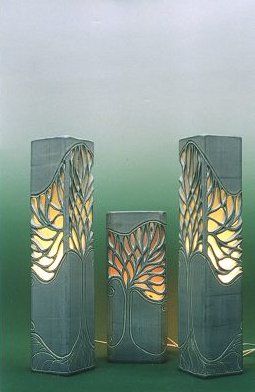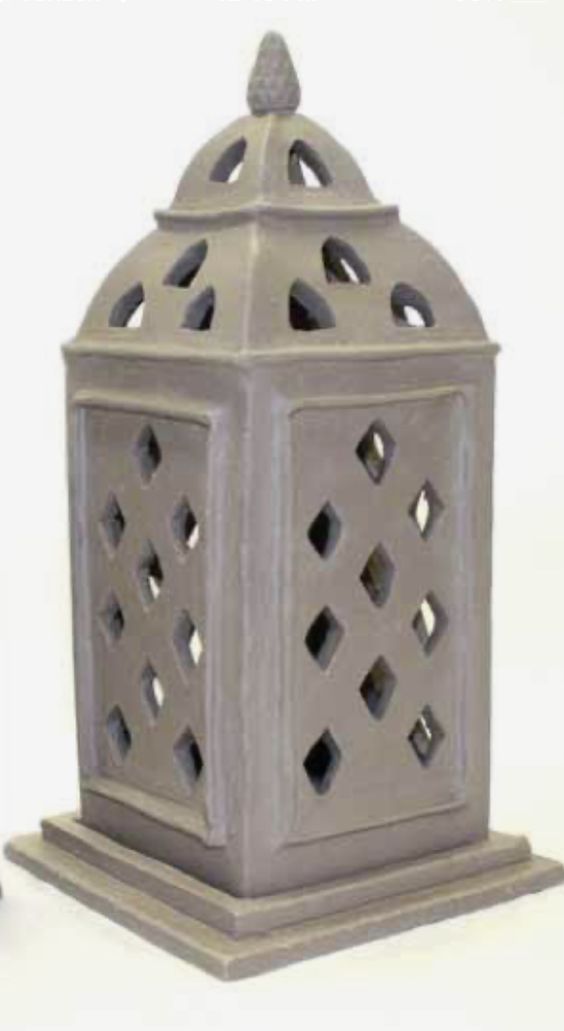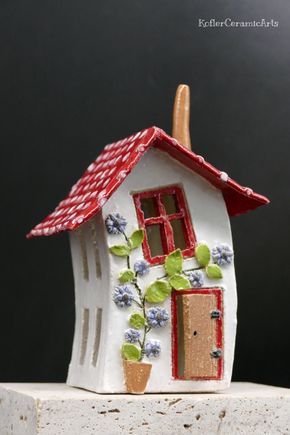- Home
-
PHOTO 1
-
PHOTO 2
-
PHOTO 3
- INFO >
- CLASS NOTES
-
ASSIGNMENTS
>
- STUDIO LIGHTS
- Composing: Creating an Abstract or Geometric Composition
- Composing: Creating an Abstract or Geometric Composition
- EMPHASIS ON COLOR THEORY
- DESIGNING IN B&W
- Formal and Informal Portraits
- CUBIST PORTRAITS
- NATURAL LIGHTING
- COMPOSITION - SCAVENGER HUNT
- STREET PHOTOGRAPHY
- MANDALA
- NIGHT
- RHYTHM & REPETITION
- PATTERNS & RHYTHM WITH LIGHT
- STUDIO PORTRAITURE
- PHOTOGRAM - MEMOIRS - THE DIGITAL VERSION
- HDR Landscapes
- PORTFOLIO
- VIDEOS
- HANDOUTS
- GALLERY
-
AP 2D ART + DESIGN
- INFO >
- SUMMER PROJECT
- SUSTAINED INVESTIGATION
- ELEMENTS + PRINCIPLES
- STUDIO LIGHTS
-
ASSIGNMENTS
>
- DESIGNING IN B&W
- COLOR THEORY
- TRIPTYCH
- SUSTAINED INVESTIGATION #1
- SUSTAINED INVESTIGATION #2
- SUSTAINED INVESTIGATION #3
- SUSTAINED INVESTIGATION #4
- SUSTAINED INVESTIGATION #5
- SUSTAINED INVESTIGATION #6
- SUSTAINED INVESTIGATION #7
- SUSTAINED INVESTIGATION #8
- SUSTAINED INVESTIGATION #9
- SUSTAINED INVESTIGATION #10
- ABSTRACT & GEOMETRIC COMPOSITION
- STUDIO PORTRAITURE
- TEXTURES & ABSTRACTIONS FROM THE...
- WEBSITE PORTFOLIO
- CLASS NOTES
- HANDOUTS
- VIDEOS
- GALLERY
- 3D ART 1
- 3D ART 2
- 3D ART 3
- Contact
WHAT IS SLAB BUILDING IN POTTERY?
Slab building pottery is a type of handbuilding where walled pieces are formed together through slip and score.
Slab pots are typically more angular pieces than other traditional ceramic projects. The technique calls for you to create “walls” of a container. Then, slip and score the clay where the walls will come together. Finally, you form together the walls creating the piece.
The slab building technique involves rolling out clay to an even thickness - then cutting shapes, folding, bending, manipulating and joining together to form a finished object.
Slab pots are typically more angular pieces than other traditional ceramic projects. The technique calls for you to create “walls” of a container. Then, slip and score the clay where the walls will come together. Finally, you form together the walls creating the piece.
The slab building technique involves rolling out clay to an even thickness - then cutting shapes, folding, bending, manipulating and joining together to form a finished object.
OBJECTIVES:
- Students will be able to define the given clay vocabulary.
- Students will learn slab construction and hand building techniques.
- Students will draw at least two preparatory sketches of ideas for their lantern.
- Students will create a slab constructed lantern while exploring cut-out design and texture.
- They will demonstrate good craftsmanship using slab and hand-building techniques.
WHAT TO DO:
- Create a CARBOARD template for each structural piece you will cut out of clay. Get out a ruler and make precise measurements of the dimensions of your piece.
- Draw a template for EVERY slab piece the EXACT size you need it to be:
1. Sides
2. Bottom
3. Top - Roll slabs (it will probably take several depending on the size of your lantern) & use templates to cut all the pieces for your lantern
- Rolling the Clay: Place guide sticks the thickness of the desired slab on each side of the clay ball. The guide sticks need to be positioned so that a rolling pin can ride on top of both of them. Throw the clay down at an angle to get the flattening process started. Starting from the center of the clay and roll away from yourself. Roll only to the edge of the clay. Return to the center and roll towards you using the same pressure. Pick up the clay & flip it over, this helps prevent the clay from sticking to the canvas board. Repeat these steps, until the clay is flush with the guide sticks and cannot be flattened any more.
- Apply Texture to slab before cutting out templates.
- Two ways to apply texture:
- Press texture into the clay using various hand tools or objects. Best done AFTER construction of the lantern.
- Use texture plates to press into the slab. Best done BEFORE construction of the lantern. Make sure clay is not super soft or the plates will stick to the slab & mess it up.
- Press texture into the clay using various hand tools or objects. Best done AFTER construction of the lantern.
- Two ways to apply texture:
- Score and Slip:
- Score or scratch both of the surfaces that will be joined several times with a needle tool and apply a small amount of slip or water on both sides. Be sure not to over-wet the clay, too much water will cause it to become too soft, slimy, and unworkable.
- Press & wiggle the surfaces together. If the pieces are not attached with the score and slip method, the slabs tend to pull apart and could pop apart as they dry.
- To make an even stronger bond, roll a very thin coil of clay and push it inside the joints where the walls meet.
- Smooth out all joints with a modeling tool or “rib”.
- CUT-OUT DESIGN:
2. Demonstrate how to cut openings-windows & doors. Demo Subtractive and Additive methods.
FINISHING:1. When completely finished, carve your name and period into the piece ( bottom).
2. Bisque Fire: The term bisque refers to ceramic ware that has been fired once without glaze.
Glaze:
Glazing – Applying liquid glazes to the ceramic pieces. Glazes are made from finely ground glass suspended in a liquid. In the presence of heat, the glaze becomes a glassy coating which fuses to the surface.
Glaze Firing – Firing done after glaze has been applied to bisque or (occasionally) green-ware to produce a glass-like surface.
Apply glaze to bisque-ware lanterns 3+ coats
WHAT TO TURN IN:
TUTORIALS:
|
|
|
|
|
|
